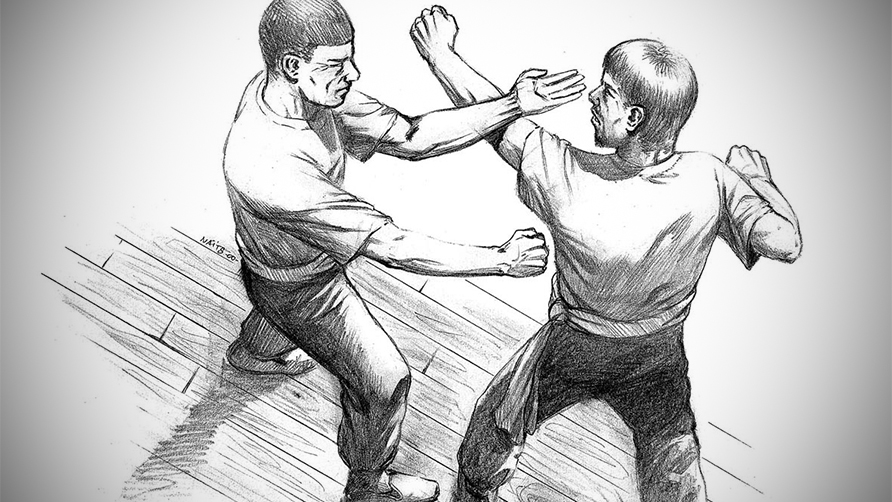Shaolin Monks and Kung Fu is generally what people think of when they think of martial arts. That is probably because they are just absolutely ridiculously good at fighting. However, Kung Fu is not one particular style of martial arts. Kung Fu is actually a Chinese term that refers to any discipline or skill that can be achieved through hard work and practice. There are many forms and styles of Kung Fu, one of the most well known is Wing Chun.
Wing Chun was created hundreds of years ago, and is thought to have been founded by a women named Ng Mui. She is said to have been a Shaolin nun who survived the destruction of the Shaolin Temple by the Qing Dynasty and fled to the mountains where she, according to Master Ip Man, taught a young women named Yin Wing Chun in order to fend off a warlord who wanted to marry her. The only real problem with the story is that Wing Chun’s history is oral with supporting archeological evidence.

The fighting of Wing Chun is based off of the centerline. The centerline is an imaginary line that runs vertically through the center of the body. The goal is to defend your centerline, while attacking the opponent’s. The stance is feet about shoulder width apart, knees slightly bent, lead foot slightly forward, elbows tucked in and always a fists distance from the center, and the hands up. It is important for the body to be relaxed.
Wing Chun uses the principle of Economy of Motion, also known as Conservation of Energy. Movements as designed to be small and efficient.
The straight punch is the primary method of attack in the fighting style. The punch originates in your centerline and then travels in a straight line towards your opponent’s centerline, usually the nose. A straight line is the shortest distance between two objects, and is therefore the quickest path toward the object. Kicks, chops, palm strikes, and other attacks are also used. Each still works off the same principle as the straight punch; move in a straight line for the quickest attack, and keep actions small. This is why kicks are almost never thrown above the midsection.

Defence in Wing Chun is the most recognizable aspect of the art. Wing Chun uses simultaneous Defence and offense by using traps and blocks coupled with strikes. Wing Chun uses the redirection of momentum and small, but powerful motions to accomplish this. By moving with an opponent’s energy while applying a force in a different axis of the x, y, z plain, and attack can be redirected. Another option is to apply a force in the same direction as the opponent’s movement and block that limb off (trap).
Power comes from use of the concept of shifting. This is movements in the torso and shifting body posture. Power is also generated from snapping movements in the wrist and arm.
This is by no means an exhaustive teaching of the art, but is rather a basic introduction. Look into it more if you are interested. If you have Netflix and want to see a cool theatrical performance of Wing Chun, watch the movie “Ip Man.” It is about Bruce Lee’s Sifu (teacher/master) Ip Man. It is three or four movies in Chinese so you’ll need subtitles but is fantastic.
